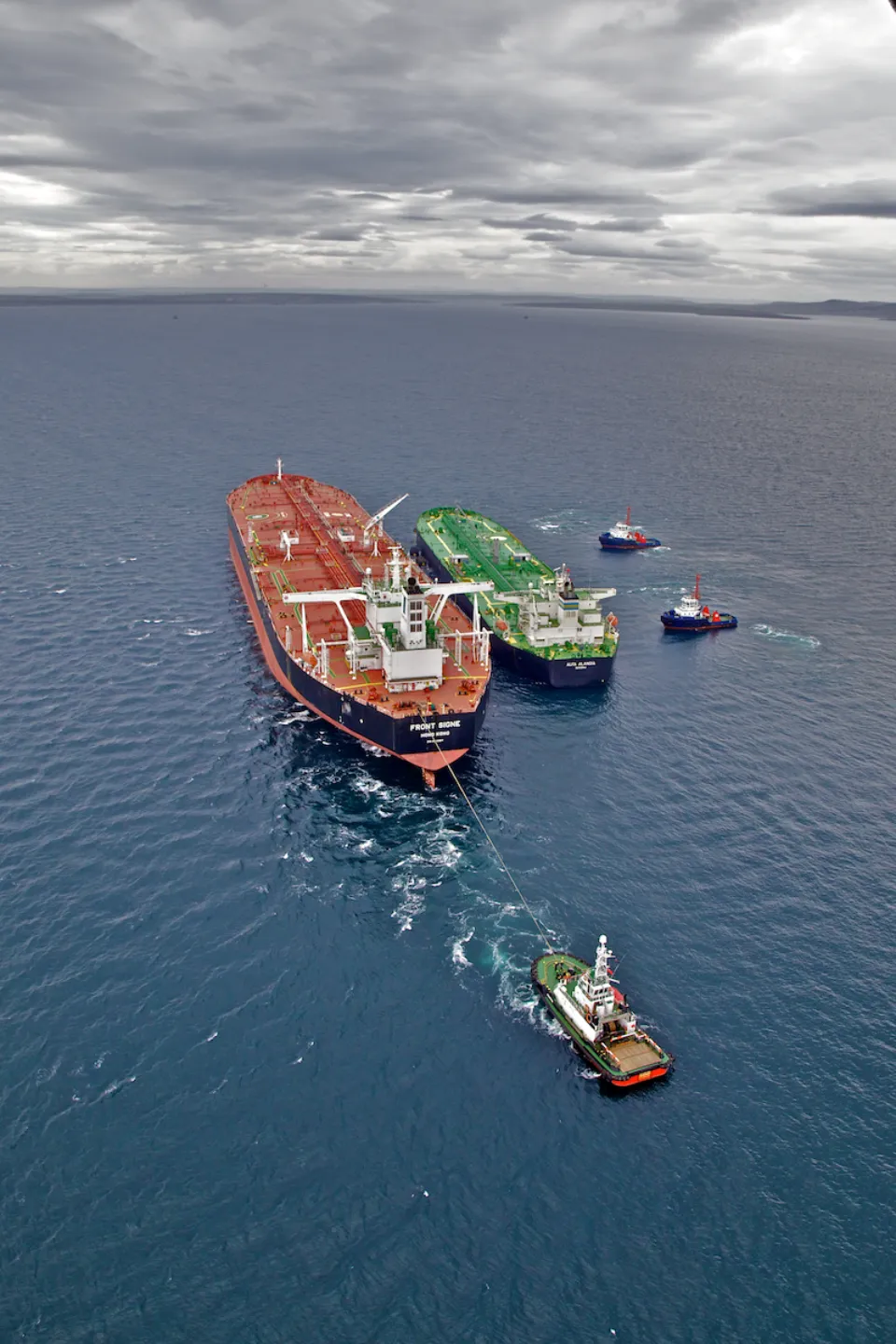What we do
Ballast Water Monitoring
As part of the Orkney Islands Council Harbour Authority Ballast Water Management Policy for Scapa Flow (OICHA BWMP), the MEU has a duty to sample and test ballast water of vessels over 400 GT within or using the Scapa Flow Harbour Area.

This is to protect the rich marine biodiversity that exists within Orkney’s waters from the introduction of marine invasive non-native species and pathogens via ballast water discharge into Scapa Flow.
The OICHA BWMP enhances on the IMO Ballast Water Management Convention (agreed 2004, ratified 2016) that states that all vessels >400 GT must comply with the D1 Ballast Water Exchange Standard and the D2 Ballast Water Performance Standard. The D2 standard states that a ship conducting ballast water management must discharge ballast water containing <10 living organisms per m3 that is >50μm in size, and <10 living organisms per ml <50μm in size but no smaller than 10μm.

To test for compliance with the D2 standard, ballast water samples are collected onboard by a contracted sampling team and poured into plankton nets of 10μm and 50μm mesh sizes to concentrate the samples. The ballast water is then filtered and tested in-house using an assay that uses the enzyme luciferase that when bound to ATP (energy molecule in all living cells) in the samples produces light, which is then used to calculate the concentration of living cells per m3 for the large size fraction (>50um) and per ml for the small size fraction (>10um - <50um). The results from the in-house testing are reported to the OICHA Senior Management Team on the day of sample collection and sent to the tested vessel to inform them whether the ballast water tested is D2 or Not D2 Compliant.